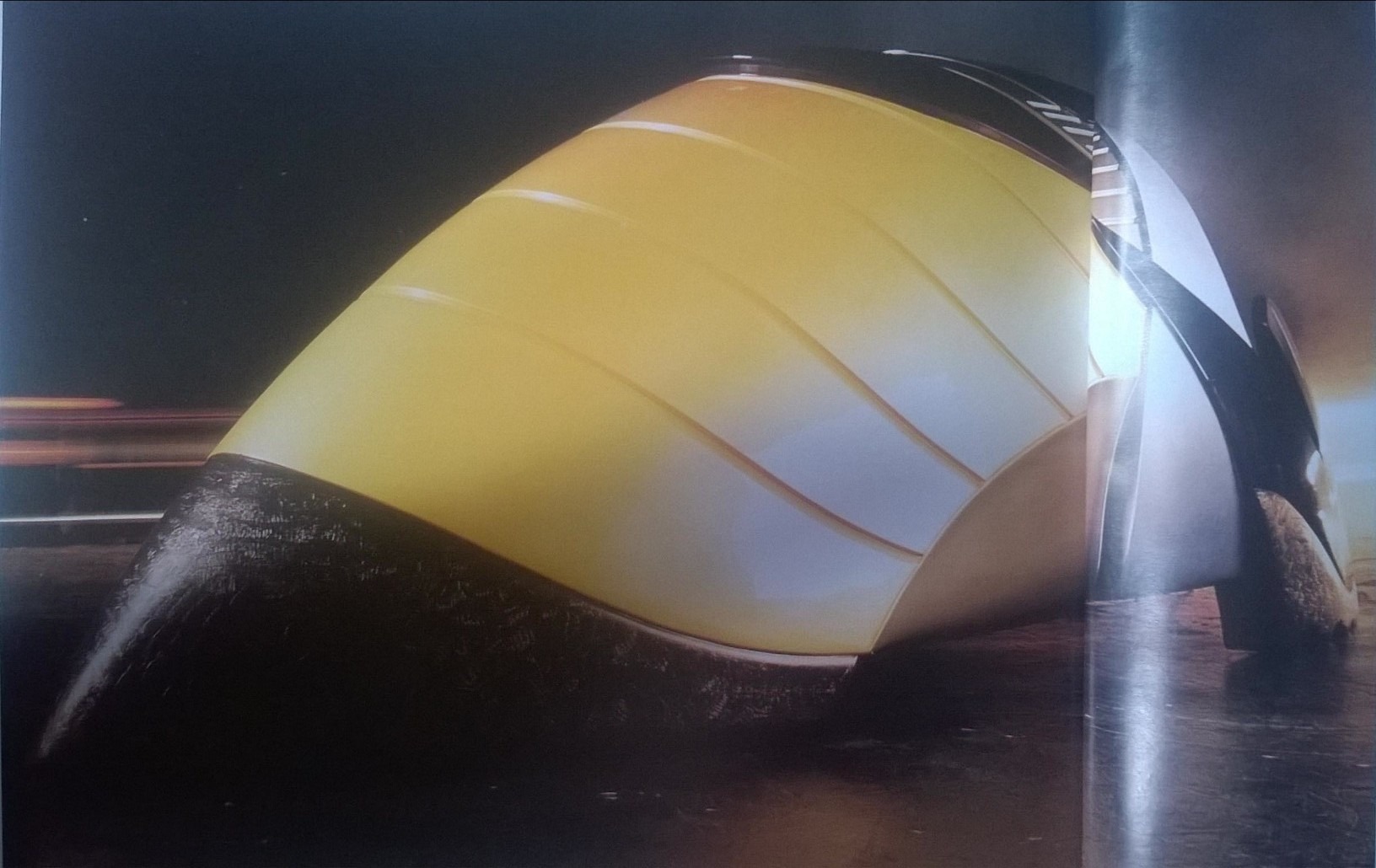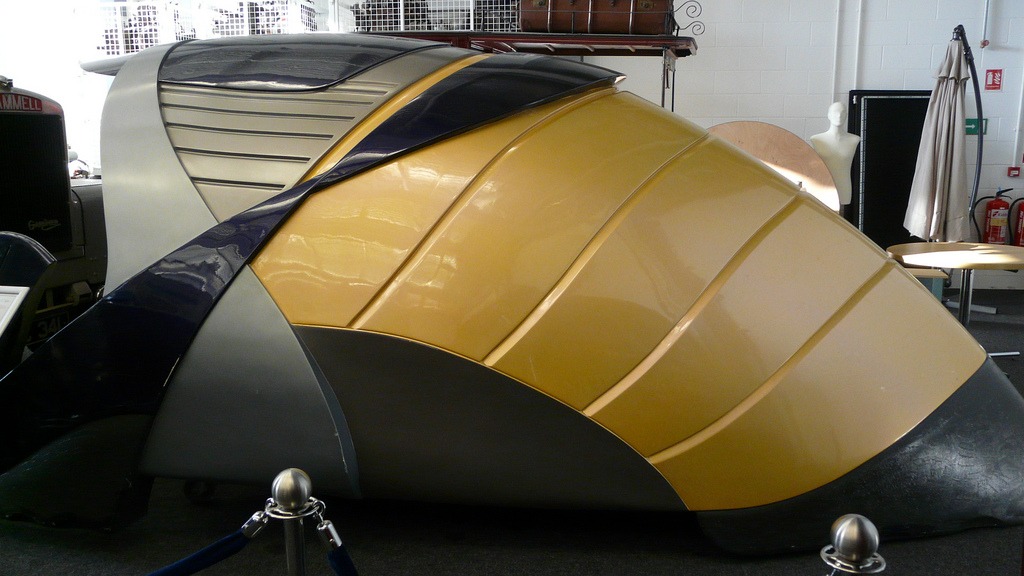A concept car that anticipated a quantum leap forward to the year 2096 appeared at the 1996 British Motor Show which was held in the industry’s centenary year. It bristled with initiatives of which the most radical was the absence of a driver in the accepted sense.
Commissioned by the industry body, the Society of Motor Manufacturers and Traders, and featured on its stand, Concept 2096 looked more like a crustacean than a motor car.
It was conceived by Coventry University. The SMMT’s brief was to use its flair and imagination to design a vehicle for the year 2096. Initial work was allotted to final-year students at university under the guidance of senior lecturer in design, Simon Saunders, and Samantha Porter, his opposite number in ergonomics. Further work was undertaken in Coventry by Geoff Matthews Design who also produced the full-size clay model.
In designing the vehicle, its creators’ recognized that landmasses and local geography would probably be unchanged, and this factor also applied to the road structure. Having said that, they believed that motorways and other main and trunk roads could increase their capacity by as much as 50 per cent.
The reasoning was that all vehicles would be controlled by a road-management system and not physically driven by the individual user.
Slug Drive
Concept 2096 was designed to be powered by electric motors. These could be recharged while the car was on the move – perhaps from roadside senders in much the same way that a train receives current. But there were no wheels, with propulsion, suspension, steering and braking all the responsibility of a mysterious malleable, muscular material that does not yet exist. Perversely, its creators christened it slug drive.
The owner would enter the destination and preferred route into the onboard computer and it would do the rest. The navigation system could be geared for speeds of up to 483 km/h (300 mph) and accelerate or slow the car as and when required.
All such vehicles would travel in close proximity to one another under computer control to use valuable road space most efficiently.
Colour Sense
The car was painted in so-called Smart colours by automative paint manufacturer PPG. In open country it would change colour so that it would blend in with the natural environment. But on entering more urban surroundings it would alter to become more visible and so increase levels of personal safety; yet another innovative attribute of a truly remarkable vehicle.
Wood, Jonathan (1997) Concept Cars, Paragon, ISBN 0-75252-084-9.















